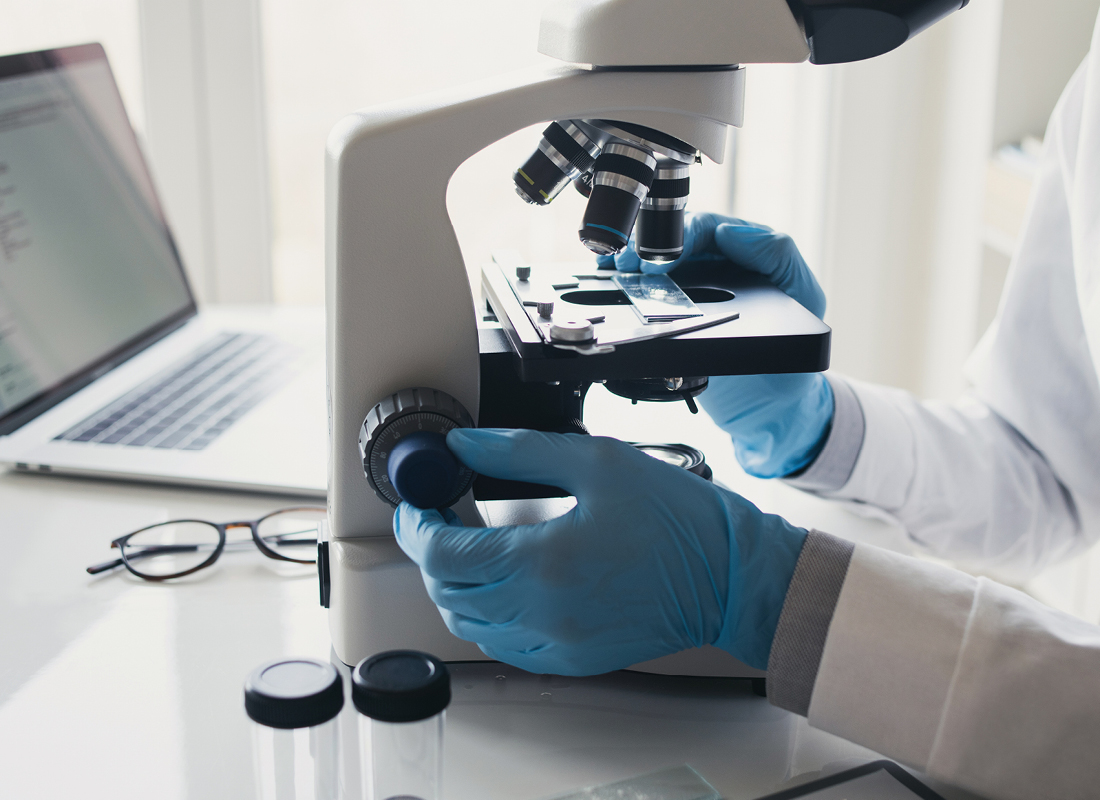The 2019 novel Wuhan coronavirus outbreak caught regulators and diagnostic test makers off guard. As the death toll mounts, the scramble is on to develop tests capable of detecting the virus. Here’s a rundown of what the FDA is doing to achieve that objective.
The FDA’s EUA Strategy
Because the coronavirus is so new, there are no FDA-approved commercial products for it in the US. So, on Jan. 28, the FDA unveiled its strategy for promoting the rapid development and availability of safe and effective investigational medical products “to address this urgent public health situation.” As with previous infectious disease outbreaks like Zika, the centerpiece of the FDA strategy is expedited clearance of new coronavirus tests and treatment products via the Emergency Use Authorization (EUA) pathway. The FDA called on diagnostic test sponsors interested in potential EUA for detection tests to contact the Center for Devices and Radiological Health (CDRH) (CDRH-EUA-Templates@fda.hhs.gov) for information and templates.
The CDC Test
On Feb. 4, the agency took the first step by issuing an EUA for a reverse transcriptase real-time PCR (rRT-PCR) assay (aka, the 2019 Real Time RT-PCR Diagnostic Test Panel) developed by the US Centers for Disease Control and Prevention (CDC) that’s capable of detecting coronavirus from respiratory and blood serum samples, including nasal or oral swabs.
The test can be used in the US only by CDC-designated labs that are certified to perform high-complexity testing in accordance with agency protocol. The CDC published the test formula and created kits using the assay for distribution to state health departments and public health labs around the country.
Nancy Messonnier, director of the CDC National Center for Immunization and Respiratory Diseases, says that the agency deems the rapid development and distribution of the test a success. But while the agency has shipped the kits to all 50 US states (and 30 international sites), the kits can’t be used unless and until they undergo quality assessment and validation by the public health labs of the particular state. “When a state gets the test kit, they have to verify that it works the same in their lab as it worked at CDC,” Messonnier explained during a press conference. And, of course, some states will complete that process faster than others.
Already, the limitations of the assay have become evident. Thus, while a positive result is a pretty reliable indicator of coronavirus infection, the feedback suggests that a negative result can’t be counted on to rule it out. Accordingly, the FDA has warned against relying on negative tests as the lone basis for treatment and patient management decisions. Negative results must also be evaluated along with clinical observations, patient history and epidemiological information, according to the agency. Meanwhile, the CDC acknowledged that it will probably need to remanufacture one of the kit reagents to address the test quality results issues.
Takeaway
While it has obvious flaws that need to be worked out, the CDC (rRT-PCR) assay is the only approved test for coronavirus currently available in the US, designed as a stopgap measure to hold down the fort until the private sector develops better alternatives.
